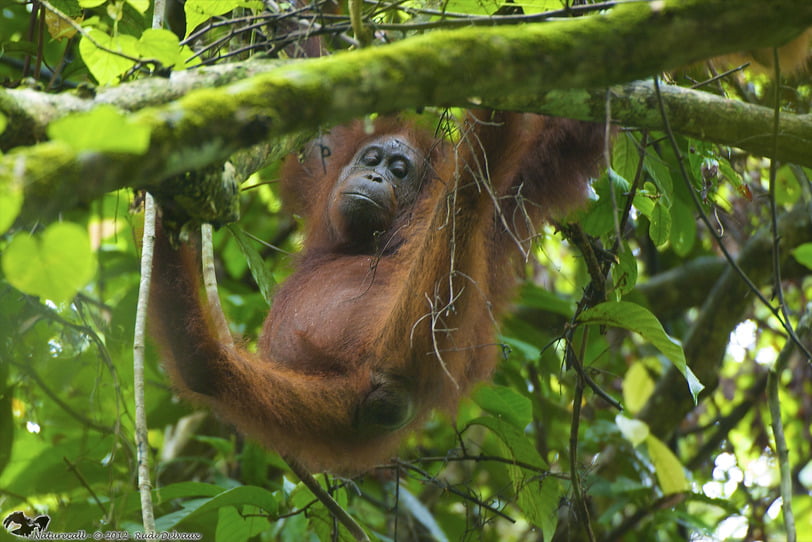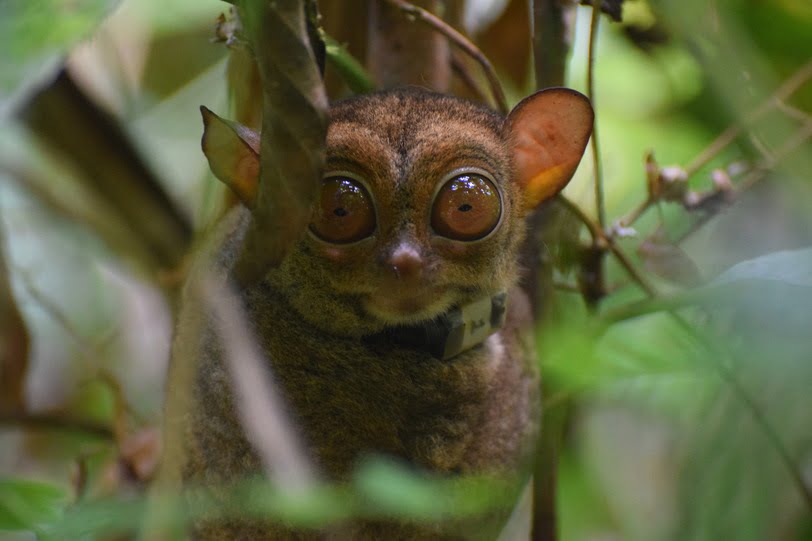Project P2ARASITE
About
Collaborators: Kyoto University’s Primate Research Institute, Danau Girang Field Centre, Sabah Wildlife Department, Universiti Malaysia Sabah
Status: Completed
The “Primates and Parasites of Sabah as Indicators of a Transitioning Ecosystem (P2ARASITE)” Project is led by Dr. Andrew JJ MacIntosh from Kyoto University’s Primate Research Institute. The project ran in collaboration with DGFC, the Sabah Wildlife Department and Universiti Malaysia Sabah. In tropical areas, multiple related primate species typically live sympatrically, allowing for potential cross-infection by parasites. This means that specific host individuals and specific host species may play a disproportionate role in the transmission dynamics of certain disease-causing or otherwise parasitic organisms, i.e., between-species effects. If host community assemblages can affect the transmission rates of generalist (shared) parasites, then the potential exists for other species to influence infection dynamics of focal species, such as primates and other wildlife of conservation concern, or humans, leading to indirect effects on their population viabilities.
This project was designed to investigate primate and (gastrointestinal) parasite community assemblages in Sabah, focusing on habitat variation along the Kinabatangan River and its varying degrees of human influence (e.g. contiguous riparian forest versus edges caused by plantation and agro-forestry (oil palm) activities and human settlements, both with and without eco-tourism activity), and variations in primate sympatry (i.e. varying primate communities). This study aimed to enhance a basic understanding of disease-related community-level structural processes involving primates and parasites in current landscapes, with expected implications for wildlife health monitoring, conservation and management, and public health issues related to pathogen transmission between wildlife and human populations.
Project Aims:
- Develop robust parasite-specific molecular diagnostics and assess primate-parasite biodiversity along the Kinabatangan River (diagnostics can later be applied to larger-scale studies).
- Determine the extent to which parasites are shared across primate hosts (in contrast to being host-specific) and whether parasites can affect host community structure (e.g. the presence of host A increases disease risk in host B via shared parasites and thus alters its abundance)
- Assess risks for anthropozoonotic transmission of gastrointestinal parasites between nonhuman primates and humans, including domestic animals
- Determine relationships between habitat fragmentation and parasite biodiversity

Orang-utan©Rudi Delvaux

